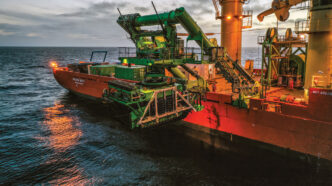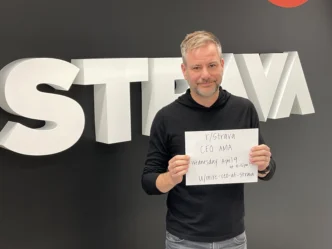The U.S. Department of the Interior announced Tuesday that it is initiating the formal process to consider selling deep-sea mining leases, following a request from startup Impossible Metals. The potential lease area lies in waters off the coast of American Samoa, marking a significant move in U.S. efforts to secure critical mineral supplies.
As part of the procedure, the department will publish the proposal in the Federal Register and open it to public feedback. While still technically under review, Interior Secretary Doug Burgum’s statement suggests the lease sale may be likely. He called access to deep-sea minerals “fundamental to strengthening our nation’s resilience and safeguarding national interests,” and linked it directly to U.S. economic growth and security.
Impossible Metals Pitches Eco-Friendly Mining Robot
Impossible Metals, the startup behind the lease request, submitted its proposal in April. The company has developed an underwater autonomous vehicle (UAV) that collects polymetallic nodules from the seabed using robotic claws. Unlike traditional deep-sea mining methods that vacuum large areas of the ocean floor, Impossible Metals says its method causes less disruption to marine ecosystems.
These nodules are dense with key materials like manganese, cobalt, nickel, copper, and iron—critical inputs for electric vehicles, batteries, and renewable energy infrastructure. Formed over millions of years, they are found scattered across vast swaths of the ocean floor. Their high mineral concentration has attracted the attention of companies seeking alternatives to China’s dominant mineral supply chain.
Scientists Warn of Ecological Risks From Seafloor Mining
Despite the economic appeal, environmental scientists have issued strong warnings about the ecological cost of disturbing deep-sea environments. Recent studies show that microbial life in these zones can take over 50 years to recover from mining activities. Sediment plumes stirred up by mining can cloud the normally clear waters, damaging filter-feeding organisms and potentially altering oxygen levels.
Sponges and coral-like animals living on the seabed may be crushed or displaced by mining vehicles—even those designed to be less invasive. In fact, the nodules themselves produce oxygen and host microbial life, which some researchers believe could offer clues about life on other planets.
As public consultation begins, the U.S. faces a critical question: can it extract vital minerals from the deep ocean without doing irreparable harm to its most fragile ecosystems?













